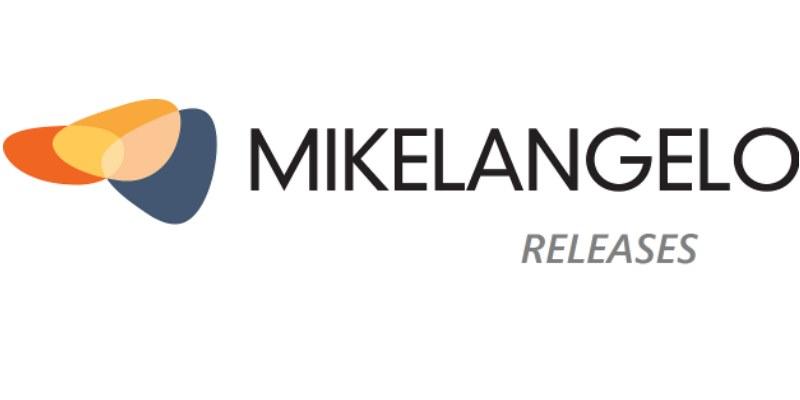
MIKELANGELO
MIcro KErneL virtualizAtioN for hiGh pErfOrmance cLOud and hpc systems
Julie Arteza
01 January 2015
31 December 2017
EC funded project
Introduction
The vision of MIKELANGELO project is to make virtual infrastructures ready to run big data, high performance computing, and I/O intensive applications in production. MIKELANGELO aims at improving responsiveness, agility and security of the virtual infrastructure through packaged applications, using lean guest operating system OSv and superfast hypervisor SuperKVM. In short, the work will concentrate on improvement of virtual I/O in KVM, using additional virtio expertise, integrated with the light-weight operating system OSv and with enhanced Security. The HPC in the Cloud focus will be provided through involvement of a large HPC centre, with the ability and business need to cloudify their HPC business. The Consortium consists of hand-picked experts (e.g., the original creator of KVM - Avi Kivity) who participate in the overall effort to reduce one of the last performance hurdles in the virtualisation (I/O).
Who is the project designed for?
MIKELANGELO is addressing basically any HPC or Cloud provider (public or private), who have identified the need for an IO efficient virtualisation stack, combined with approaches optimised for performance of guest and host execution and communication. HPC virtualisation is impossible without high IO efficiency and very thin guest OS, thus MIKELANGELO is a direct enabler. In Cloud area, only specific workloads benefit from such efficiency, mainly because IO is of secondary importance in the Cloud.
How will your project benefit the end-user?
MIKELANGELO consists of a set of technologies and approaches, all aiming to improve IO performance or to help with integration of MIKELANGELO components into larger systems.
With MIKELANGELO we can use unikernel instead of traditional guest operating system in virtualisation. This improves the efficiency, as unikernel is typically very small (50 megabytes), can be loaded in under a second and executes the workload as efficiently as standard guest (eg. Linux). On the host level, using approaches as IOcm and ZeCoRX (KVM modules), we can control the IO performance of the overall virtualised infrastructure on that specific host. We can even improve the guest-host communication or guest-guest communication under the same host, using the virtualised RDMA approach (if hardware support is available). It is important to note that OSv unikernel offers POSIX compatibility, however when such compatibility is not required, we can use novel programming approach called Seastar. Using such approach, we can obtain very high performance improvements, however we need to rewrite the application from scratch. Other approaches in MIKELANGELO are Scotty, for scientific experiments deployment and control, snap for highly efficient logging and telemetry, SCAM for strengthened host security, vTorque for deployment of virtual machines under Torque system, etc.
Category:
- Secure systems and technology
Vertical Category:
- ICT
Products
Are you looking for new Cybersecurity or Privacy services?
Find the right solution for your security needs!
MIKELANGELO consists of a set of technologies and approaches, all aiming to improve IO performance or to help with integration of MIKELANGELO components into larger systems.
Resources for EU Research
Resources for SMEs
News & Events
Reports
Cyberwatching.eu has received funding from the European Union’s Horizon 2020 research and innovation programme under grant agreement No 740129. The content of this website does not represent the opinion of the European Commission, and the European Commission is not responsible for any use that might be made of such content. Privacy Policy | Disclaimer / Terms and Conditions of Use


